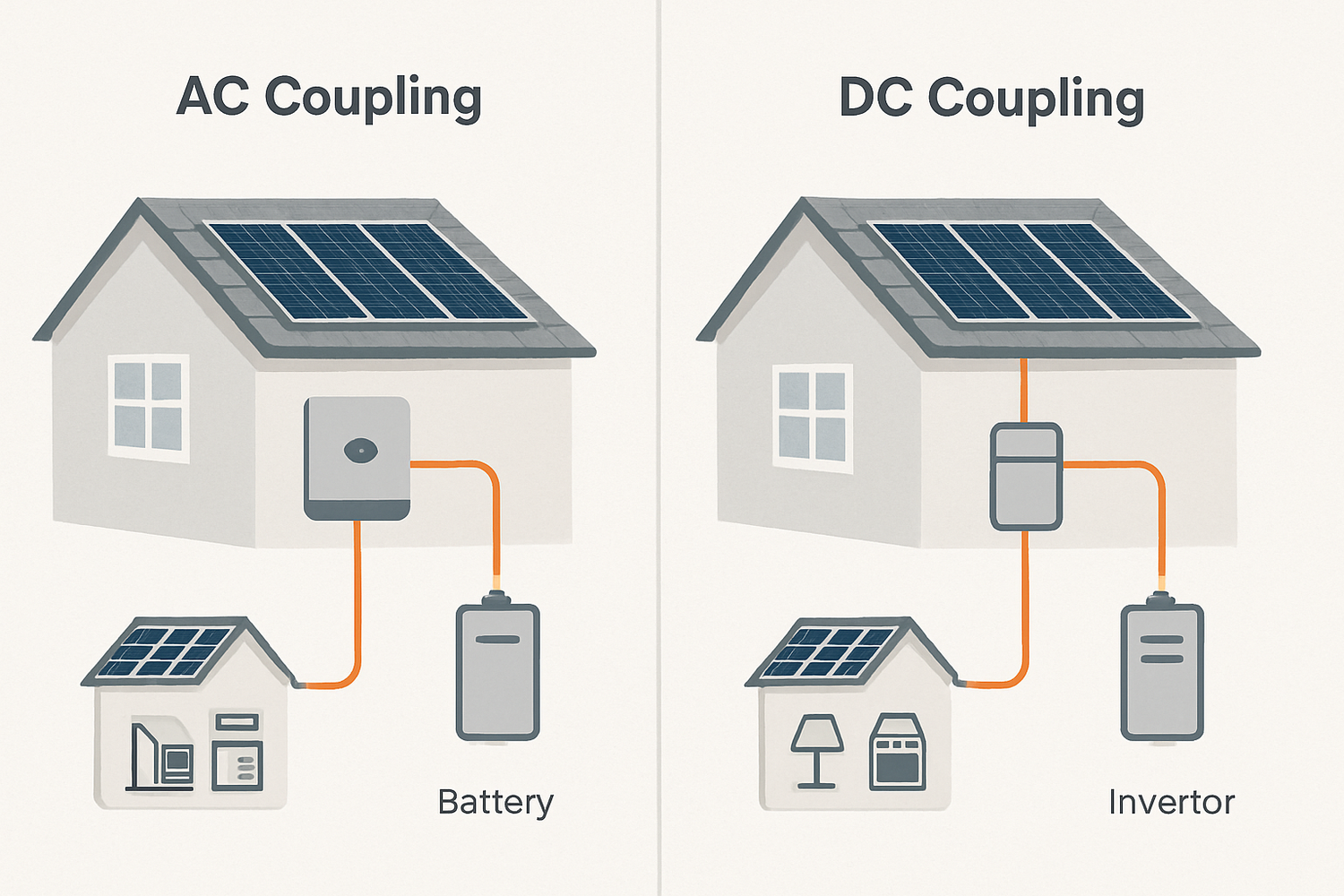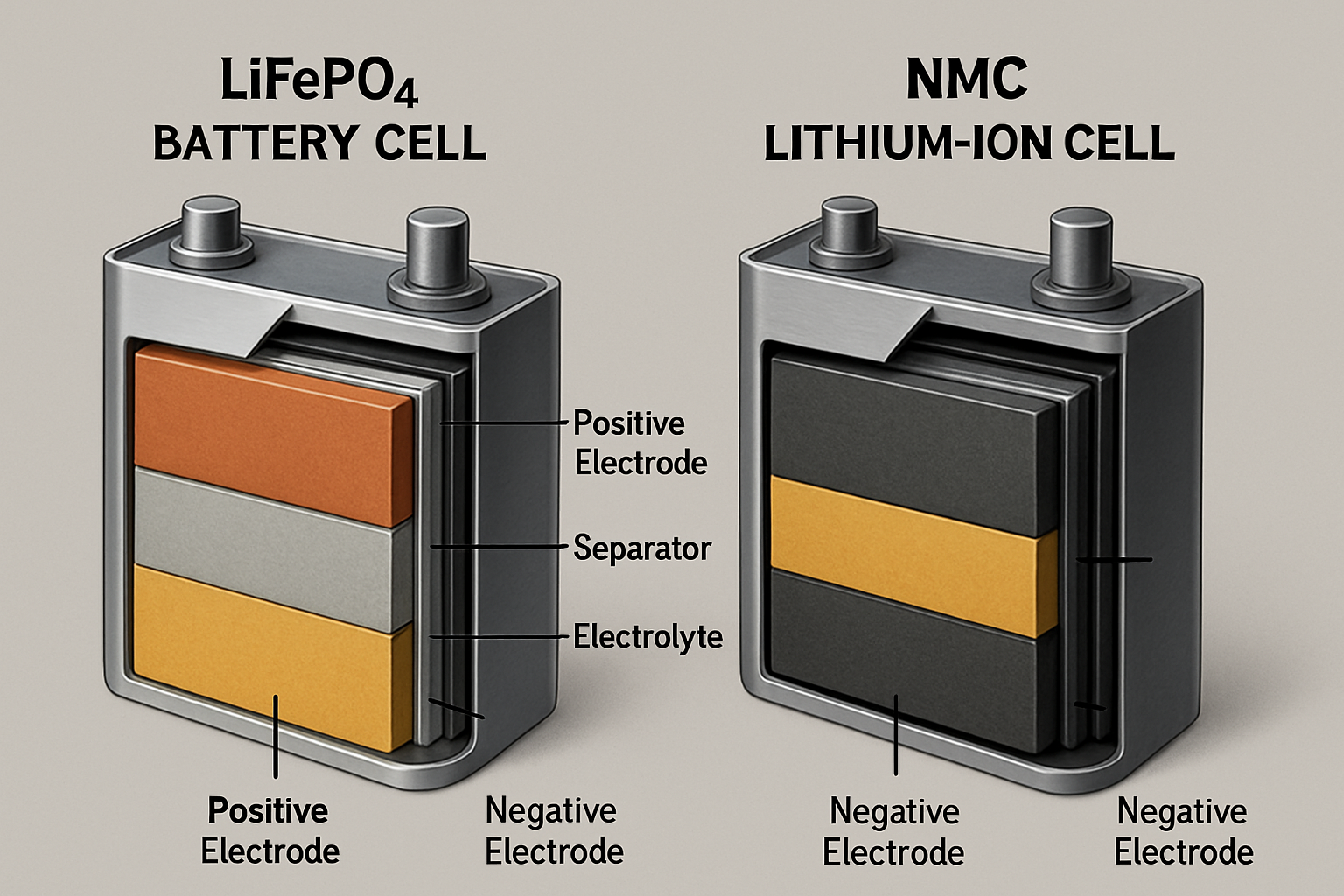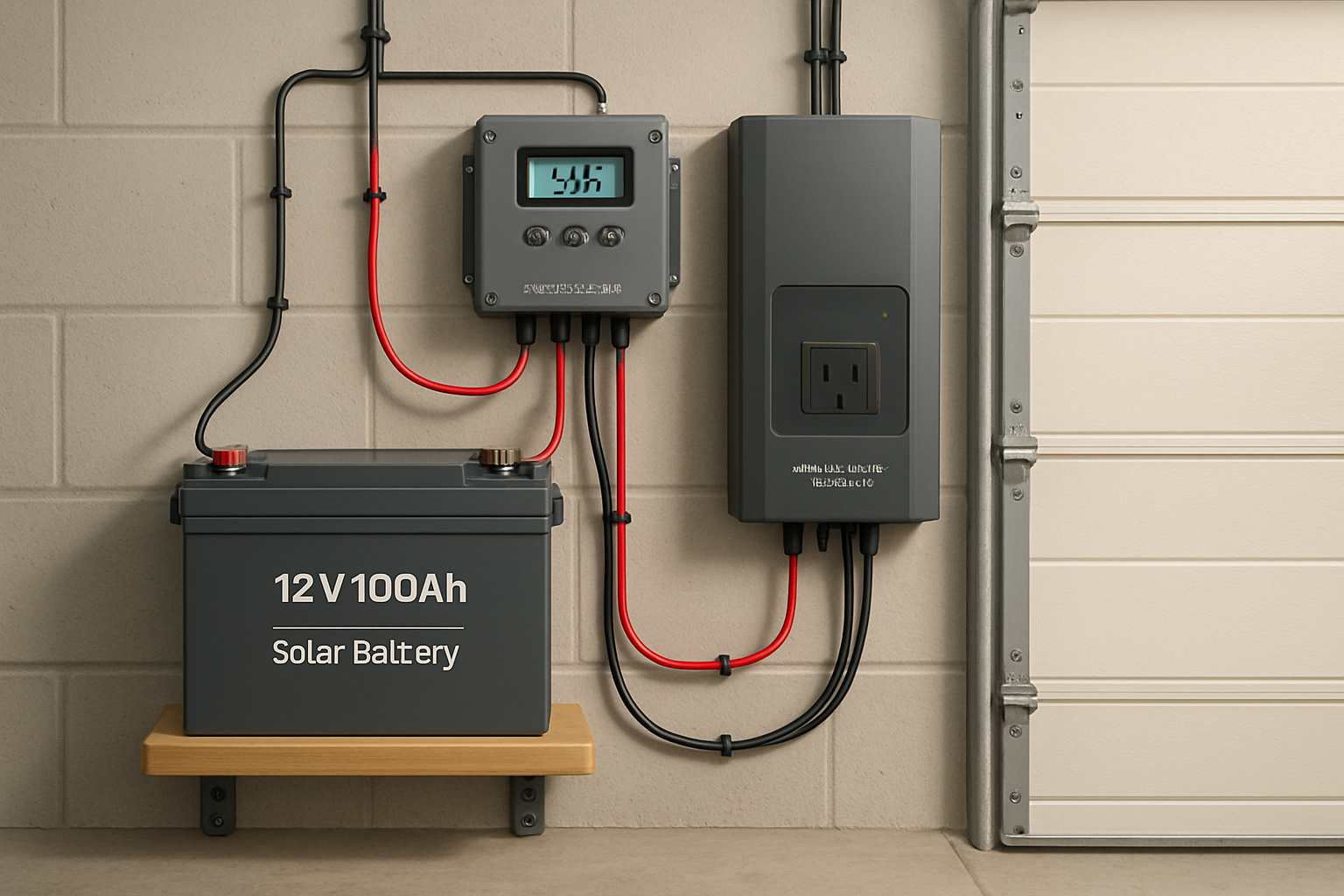Harnessing the sun's energy with solar panels is a powerful step toward energy independence. But to truly maximize your self-sufficiency, pairing your panels with a battery storage system is key. This integration allows you to store the excess energy generated during sunny days and use it at night, during power outages, or whenever you need it most. Creating a seamless and efficient residential solar battery system involves understanding how the core components work together. This guide provides a clear roadmap for building a reliable home solar power storage solution.
Core Components of a Solar Energy Storage System
A complete solar and battery system is more than just the two main parts. Several key components work in concert to generate, store, and deliver power safely and efficiently to your home. Understanding each part's role is fundamental to a successful solar panel battery integration.
Solar Panels: The Power Generators
Solar photovoltaic (PV) panels are the foundation of your system. They capture sunlight and convert it into direct current (DC) electricity. Key factors to consider when selecting panels are their efficiency rating, which determines how much sunlight they convert into power, their wattage output, and their physical dimensions, which affect how many can fit on your roof.
The Battery: Your Personal Energy Reservoir
The battery is where your excess solar energy is stored for later use. Modern residential solar battery systems increasingly rely on Lithium Iron Phosphate (LiFePO4) chemistry. LiFePO4 batteries are well-regarded for their exceptional safety profile, long cycle life, and thermal stability, making them a dependable choice for home energy storage. They allow you to hold onto the energy you produce instead of sending it all back to the grid.
The Charge Controller: Protecting Your Battery
A charge controller acts as a gatekeeper between your solar panels and your battery. Its primary job is to regulate the voltage and current flowing into the battery, preventing overcharging that could damage it and shorten its lifespan. Maximum Power Point Tracking (MPPT) controllers are an advanced type that optimizes the power output from the panels, ensuring you capture as much energy as possible throughout the day.
The Inverter: Usable Power for Your Home
Your solar panels and battery operate on DC electricity, but your home's appliances run on alternating current (AC). The inverter is the device that performs this crucial conversion. Hybrid inverters are a particularly effective solution for solar energy storage, as they combine the functionality of a solar inverter and a battery inverter into a single unit. This simplifies the system, improves efficiency, and manages the flow of energy between the panels, battery, and grid.
System Architecture: AC vs. DC Coupling
How you connect your solar panels, inverter, and battery defines the system's architecture. The two primary methods are AC coupling and DC coupling. The choice between them affects system efficiency, cost, and suitability for new or existing solar installations.
Understanding DC Coupling
In a DC-coupled system, DC power from the solar panels is fed through a charge controller directly to the battery. A single hybrid inverter then draws DC power from either the panels or the battery and converts it to AC power for your home. This configuration is highly efficient because the power is converted only once. According to research from the National Renewable Energy Laboratory (NREL), DC-coupled systems can be particularly effective at capturing and storing energy that might otherwise be lost in a phenomenon known as 'clipping'. For this reason, they are often preferred for new, fully integrated home solar power storage systems.
Understanding AC Coupling
AC coupling is common when adding a battery to an existing grid-tied solar system. In this setup, the solar panels already have their own inverter to convert DC to AC power. To charge the battery, a separate battery inverter converts this AC power back to DC. When the home needs to draw from the battery, the power is converted from DC back to AC again. While this process involves more energy conversions, leading to slightly lower efficiency, it offers greater flexibility for retrofitting.
| Feature | DC Coupling | AC Coupling |
|---|---|---|
| Efficiency | Higher (fewer conversions, ~98%) | Slightly lower (~90-94%) |
| Best For | New installations, off-grid systems | Retrofitting existing solar systems |
| Inverters | Typically one hybrid inverter | Two inverters (solar and battery) |
| Complexity | Simpler wiring for new setups | More components, but easier to add-on |
Sizing Your System for Optimal Performance
Properly sizing your solar panel and battery system is critical to meeting your energy goals without unnecessary expense. An undersized system won't provide enough power, while an oversized one can be a poor return on investment.
Calculating Your Energy Consumption
The first step is to understand your energy usage. Review your past utility bills to find your average daily energy consumption in kilowatt-hours (kWh). Pay attention to seasonal variations—for example, air conditioning in the summer can significantly increase your usage. Identifying your 'essential loads,' or the appliances you absolutely need to run during an outage, will help determine the minimum required capacity.
Sizing Your Battery Bank
Your battery bank should be sized based on your energy needs and desired autonomy. For grid-tied systems, you might size the battery to cover evening energy use or to avoid high time-of-use electricity rates. For off-grid systems, you'll need to calculate for 'days of autonomy'—the number of days the battery can power your home without any solar input. Key specifications to consider are the battery's capacity (kWh) and its Depth of Discharge (DoD). LiFePO4 batteries typically offer a high DoD, meaning you can use more of their stored energy.
Matching Solar Panels to Your Battery
Your solar array must be large enough to power your home's daytime needs while simultaneously charging your battery. A general rule of thumb is to have enough panel wattage to fully recharge your battery bank within one day of average sun hours for your location. For a deeper dive into how factors like DoD and charge efficiency affect real-world capacity, a detailed guide on solar storage performance can provide valuable data.
The Integration Process: A Step-by-Step Overview
Connecting your system components requires careful planning and execution. Safety should always be the top priority.
Disclaimer: This information is for educational purposes only. Electrical work can be dangerous. Always consult with a qualified professional for installation and adhere to local building and electrical codes. This is not professional financial or legal advice.
Planning and Design
Before any installation, conduct a thorough site assessment to determine the best placement for your solar panels to maximize sun exposure. Select components that are compatible and appropriately sized for your needs. A detailed wiring diagram is essential for a smooth and safe installation process.
Installation and Connection
The typical installation sequence involves mounting the solar panels, installing the inverter and charge controller in a suitable location, and then securely placing the battery. All components are then wired together according to the diagram. Using the correct wire gauge and including proper fusing and circuit breakers is critical for protecting your system and ensuring safety.
System Commissioning and Monitoring
Once everything is connected, the system must be commissioned—a process of safely starting it up and testing its performance under load. Modern solar energy storage solutions often include monitoring software that allows you to track your energy production, storage levels, and consumption in real-time, helping you optimize your energy use.
A Final Perspective
Integrating solar panels with a battery storage system transforms your relationship with energy, offering greater control, resilience, and independence. As technology advances and costs decrease, these systems are becoming an increasingly practical solution for homeowners. According to the U.S. Department of Energy, pairing solar with storage is crucial for balancing electricity generation and demand. Furthermore, the International Energy Agency (IEA) notes that distributed resources like solar and storage can shield consumers from outages and support broader decarbonization efforts. By understanding the core components, system architectures, and sizing principles, you can build a robust solar energy storage solution tailored to your specific needs.
Frequently Asked Questions about Solar Panel and Battery Integration
Can I add a battery to my existing solar panel system?
Yes, this is a common upgrade. AC coupling is often the most straightforward method for retrofitting a battery to an existing grid-tied solar installation because it works with your current solar inverter.
How long will a solar battery last?
The lifespan depends on the battery chemistry and usage. LiFePO4 batteries are known for their long cycle life, often providing over 4,000 to 6,000 cycles, which can translate to 10-15 years or more of reliable service.
What is the difference between a hybrid inverter and a standard inverter?
A standard solar inverter only converts DC power from solar panels to AC power for immediate use. A hybrid inverter is a more advanced device that can manage power from solar panels, a battery bank, and the electrical grid simultaneously, making it a central component in modern solar energy storage solutions.
Do I need a charge controller in a DC-coupled system with a hybrid inverter?
Most modern hybrid inverters designed for DC-coupled systems have a built-in charge controller. This integration simplifies the system's design and reduces the number of external components required, making for a cleaner and often more efficient installation.





Leave a comment
All comments are moderated before being published.
This site is protected by hCaptcha and the hCaptcha Privacy Policy and Terms of Service apply.